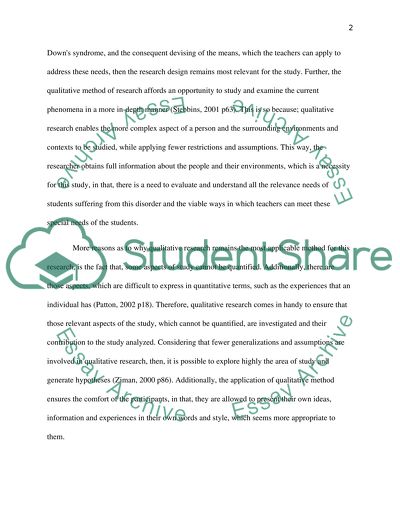Cite this document
(“Effective Teaching Methods that can be Implored to Integrate a Child Essay”, n.d.)
Effective Teaching Methods that can be Implored to Integrate a Child Essay. Retrieved from https://studentshare.org/education/1450311-what-are-the-effective-teaching-methods-that-can
Effective Teaching Methods that can be Implored to Integrate a Child Essay. Retrieved from https://studentshare.org/education/1450311-what-are-the-effective-teaching-methods-that-can
(Effective Teaching Methods That Can Be Implored to Integrate a Child Essay)
Effective Teaching Methods That Can Be Implored to Integrate a Child Essay. https://studentshare.org/education/1450311-what-are-the-effective-teaching-methods-that-can.
Effective Teaching Methods That Can Be Implored to Integrate a Child Essay. https://studentshare.org/education/1450311-what-are-the-effective-teaching-methods-that-can.
“Effective Teaching Methods That Can Be Implored to Integrate a Child Essay”, n.d. https://studentshare.org/education/1450311-what-are-the-effective-teaching-methods-that-can.


